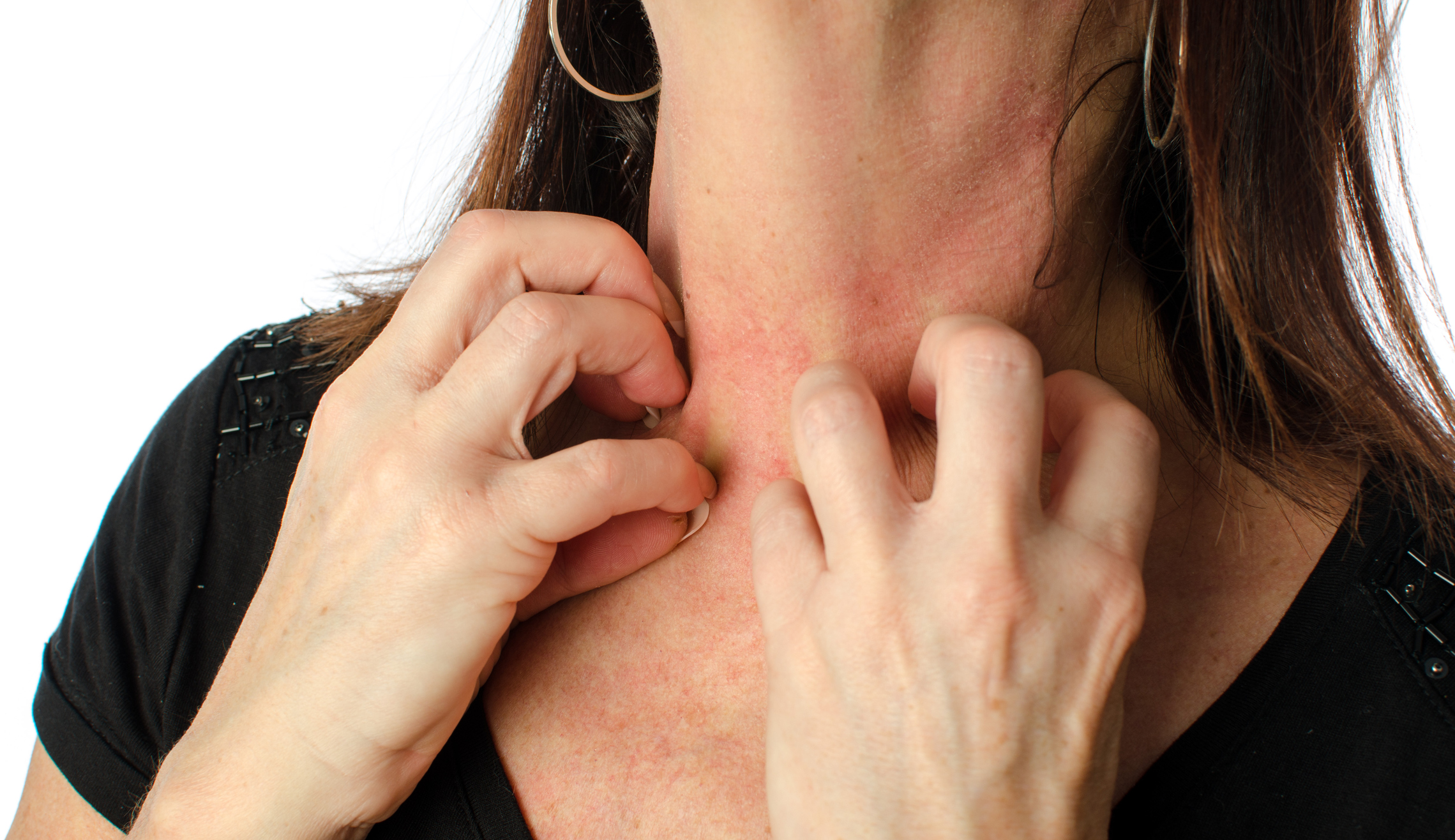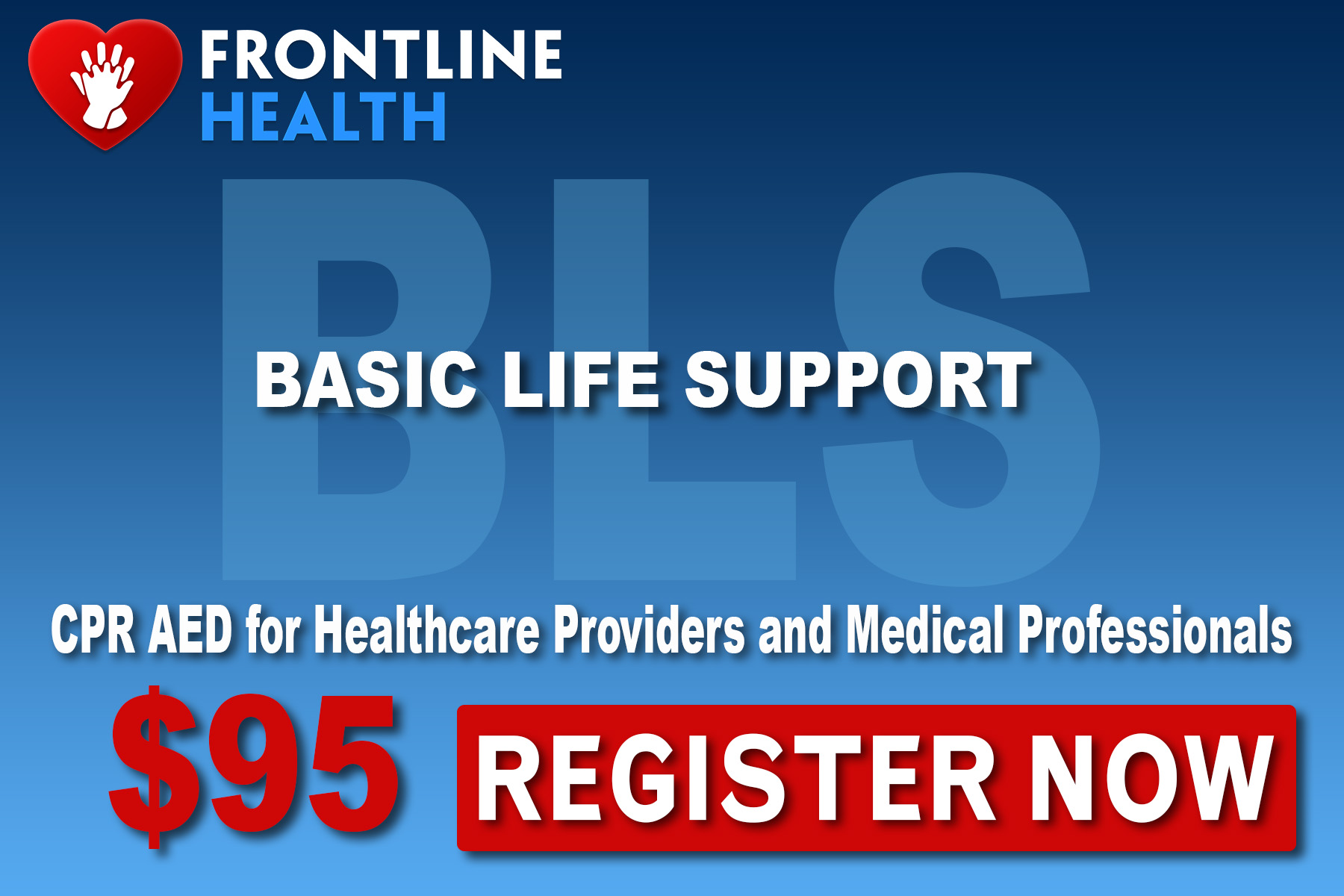Allergic Reaction! Act fast.
- May 01, 2017
You and a friend decide to meet up for lunch at the new fusion restaurant that just opened up near work.
Things are going well. You're having a great time catching up - and loving the food. Suddenly you notice your friend is looking flushed and rubbing her throat.
"What's wrong?" you ask.
"My throat feels tingly," she quickly responds, a look of panic spreading across her face as it starts to swell.
"Are you okay?" you ask with some concern.
"I'm.... having.... trouble.... breathing," she manages to mumble as she begins gasping for air.
Uh oh. You think. Tingling throat, flushed skin, difficulty breathing.... She must be having an allergic reaction!
Allergic reactions are common in both adults and children. In some cases, allergic reactions are mild and may produce sneezing, itchy eyes and small rashes. But for others, allergic reactions are much more severe. These life-threatening reactions are called "anaphylaxis."
What are some common allergens?
Nut products
Seafood
Insect bites and stings
Medications
Eggs
Dairy
Sesame seeds
What are some common symptoms of an allergic reaction?
A rash or hives on the skin
Difficulty breathing
Dizziness or weakness
Passing out
Nausea and vomiting
Swelling of the face, tongue, lips and throat
Other signs and symptoms of anaphylaxis
How can I help someone having and allergic reaction?
The most effective treatment for anaphylaxis is the use of an Epinephrine Auto Injector. This is a prescribed device given to people with a history of severe allergic reactions. When used properly, an Epinephrine Auto Injector can help a person breath better and alleviate many of the other symptoms of anaphylaxis.
If someone is showing signs of a severe allergic reaction:
Send someone to call 911.
Ask the person where they keep their Epinephrine Pen and get it for them.
Have the patient administer the pen themself. If they can't, follow the directions printed on the outside of the pen to administer the medication for them.
Here are the most common steps to use an Epinephrine Pen:
Pull out the safety cap.
Aim for the victim's outer thigh, about halfway between the hip and the knee.
Press the needle-end of the Auto Injector firmly against the patient's outer thigh, and hold it in place for approximately 3 seconds.
Pull the Pen out of the leg - and make sure not to touch the needle!
Monitor the patient's condition. Stay with them until EMS arrives and takes over.
If you don't have an Auto Injector available, try to find benadryl - an over the counter medication that can reverse many of the effects of an allergic reaction. Follow the directions on the box, and make sure to call 9-1-1.
To learn more about anaphylaxis and other emergencies take a CPR and First Aid class
Allergic Reaction | Allergy | Anaphalaxis | Epipen |




